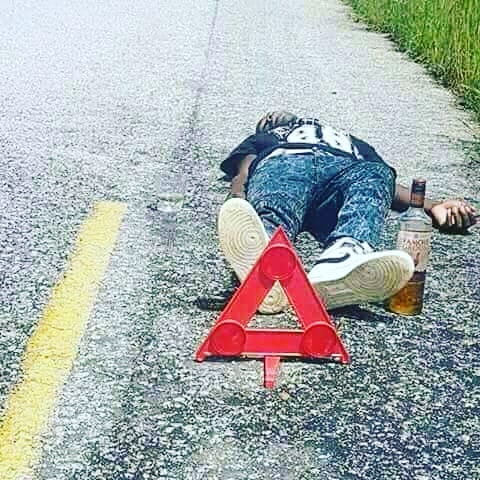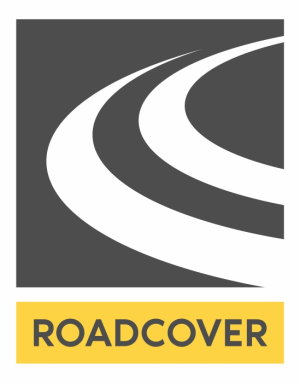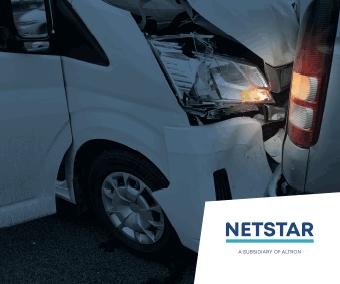South Africa grapples with a concerning rate of road fatalities, significantly impacting the nation’s overall well-being. The severity of the issue extends beyond mere statistics, encompassing economic costs, emotional trauma, and demographic disparities. This article delves into the most significant threats to road safety in South Africa, shedding light on the underlying challenges that demand urgent attention. 1
Magnitude of the Problem
Despite fluctuations in road fatalities, the persistently high incidence of road traffic crashes (RTCs) remains a critical concern. Considering 2022, there were over 12,000 fatalities on South Africa’s roads. It is believed that there is systemic issue that demands comprehensive solutions. 1,2
Impact Beyond Fatalities
The ripple effects of road incidents extend far beyond fatalities, with each recorded death accompanied by 4.6 serious injuries and 14.9 slight injuries. The economic burden, emotional toll, and the tragic loss of young lives underscore the multifaceted challenges that South Africa faces in its quest for improved road safety. 1
Vulnerable Demographic Groups
Certain demographic groups, particularly pedestrians and children, bear a disproportionate burden of road incidents. Pedestrian crashes, especially prevalent in low-income areas, highlight the vulnerability of these road users. The demographic data reveals a concerning pattern, emphasizing the need for targeted interventions. 1
Regional Disparities
Regional differences in fatality rates further complicate the road safety landscape. Provinces like Mpumalanga experience alarmingly high fatality rates, while others, such as the Western Cape, exhibit more favourable statistics. Understanding these disparities is crucial for tailoring effective, region-specific interventions. 1
Major Causes of Road Incidents
Identifying the significant causes of road incidents is paramount to formulating effective strategies. Let’s look into several major causes of road incidents, 1
Addressing Speeding
Speeding emerges as a significant contributor to road incidents, necessitating targeted interventions. This section delves into the importance of reducing speed limits in high pedestrian areas and enforcing stricter penalties and public awareness campaigns to curb speeding-related accidents. 1
Tackling Alcohol Consumption
Alcohol consumption, deeply ingrained in South African culture, poses a substantial threat to road safety. A zero-tolerance approach to drunk driving, rigorous enforcement, stigmatisation of the habit, and public education campaigns are essential components of an effective strategy to address this dangerous practice. 1
Promoting Seatbelt and Child Restraint Usage
This section explores the imperative of promoting seatbelt and child restraint usage. This article advocates for a combination of education, visible policing, and strict penalties to encourage compliance with these life-saving measures, emphasizing the vulnerability of unrestrained occupants to severe injuries. 1
Ensuring Vehicle Roadworthiness
This section underscores the critical importance of ensuring vehicle roadworthiness to avert defects that contribute to accidents. Regular inspections, especially for public transport vehicles, are highlighted as an essential strategy to mitigate the risks associated with unsafe vehicles. 1
Infrastructure Enhancement
The role of infrastructure in road safety cannot be overstated. This section emphasizes the need to evaluate urban planning to accommodate pedestrians and enhance road safety. Investing in pedestrian pathways, adequate lighting, and open spaces is proposed to reduce risks, particularly in high-density areas. 1
Holistic Approach for Safer Roads
A holistic, secure systems approach involving all stakeholders is recommended to create a safer road environment. This section outlines the importance of prioritizing pedestrian safety, reducing speed limits, enforcing laws, and enhancing infrastructure to foster safer roads, spaces, and cities for all road users. 1
Stakeholder Coordination
Stakeholder coordination is paramount to realising the proposed interventions and ensuring South Africa’s roads become safer for everyone. This concluding section emphasizes the collaborative effort required from government bodies, law enforcement, communities, and other relevant stakeholders to effect lasting change in the nation’s road safety landscape. 1
So, South Africa’s alarming road fatalities extend beyond statistics, affecting the nation’s well-being economically, emotionally, and demographically. From persistent RTCs to regional disparities and major causes like speeding and alcohol consumption, urgent, comprehensive solutions are imperative. A holistic approach, prioritizing safety, law enforcement, and infrastructure, is crucial for creating safer roads and cities. 1

Disclaimer
The article aims to provide South African motorists with the most significant threats to road safety.
Please always consult professionals when servicing or experiencing any trouble with your car. If you want to buy car insurance, only do so through a certified financial advisor for professional advice and to make sure the product is right for you, and you understand all the terms and conditions in your policy.
Contact PMD for more information regarding affordable, comprehensive car insurance with fixed premiums* and a reduce-to-zero excess*. T’s and C’s apply.
Sources:
- https://www.saferspaces.org.za/understand/entry/road-safety-in-the-south-african-context
- https://aa.co.za/road-fatality-numbers-are-a-continuing-national-crisis/
This article was prepared by Eric Sandmann in his personal capacity. The views and opinions expressed in this article are the author’s own. The views and opinions in the article should not be attributed to anyone but the author unless expressly stated. Nothing in this article should be relied upon as advice, this publication is presented for informational purposes only. No person should act or refrain from acting in reliance on any information found in this article, without first obtaining proper financial advice from the appropriate professional. The author makes no claims, promises or guarantees about the accuracy, or completeness, of any information linked from, referred to, or contained in this article. The author reserves the right, to edit and change the content of this article.


























